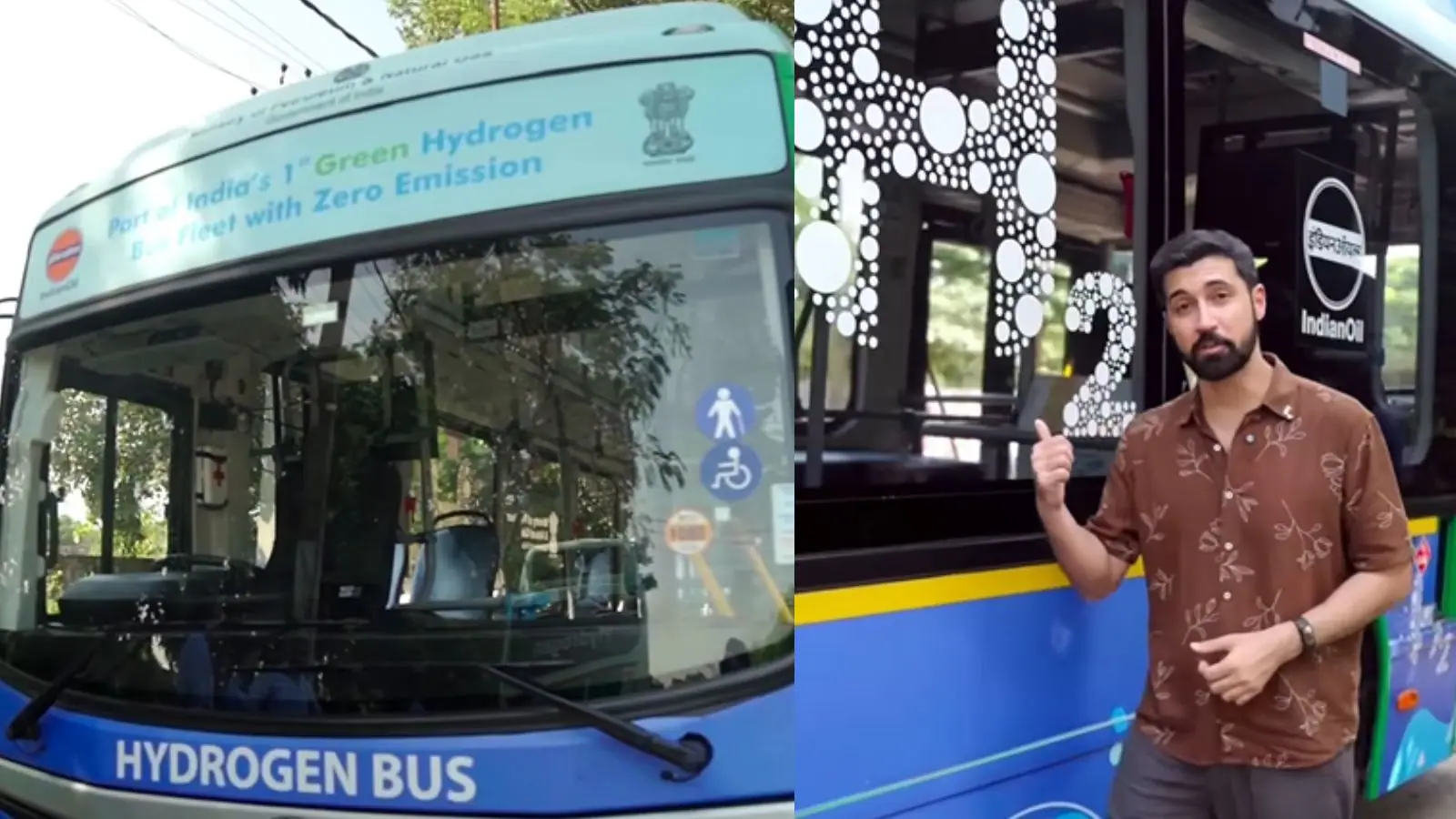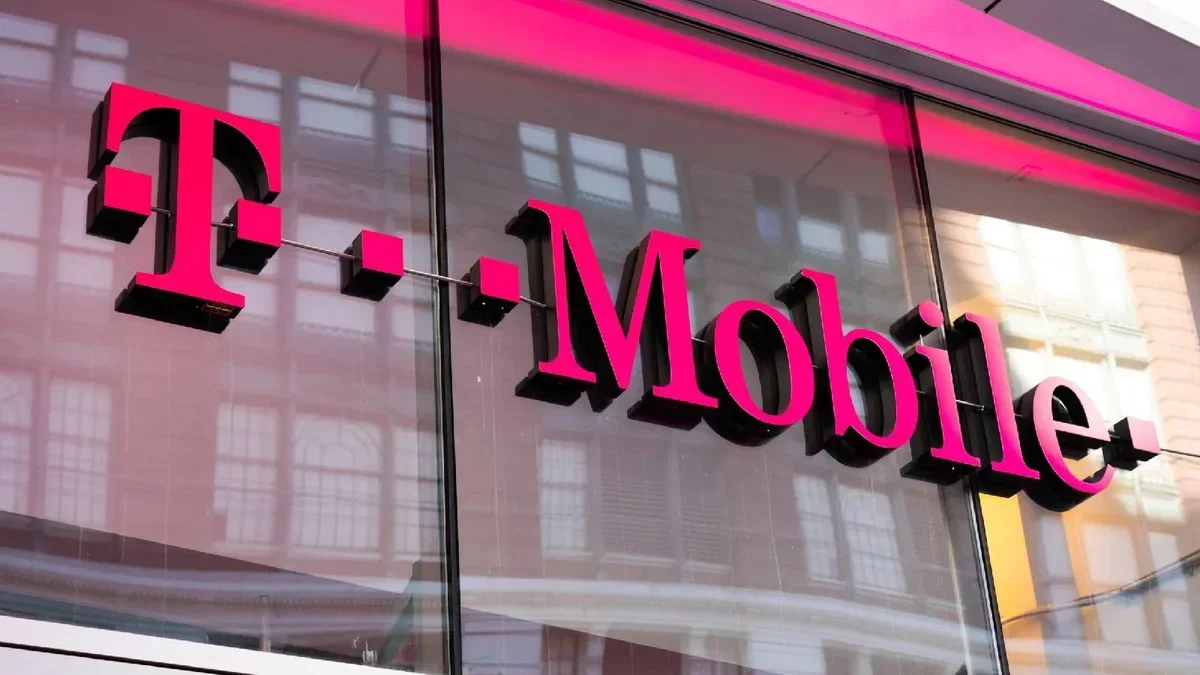Copyright news18

India is taking a major step towards clean and green public transport. Tata Motors and Indian Oil Corporation are collaborating on an initiative to introduce buses that require neither diesel nor electric charging. These next-generation vehicles will run on hydrogen fuel cells, a technology that converts hydrogen into electricity to power the motor. What makes these buses special is their zero-emission design. Instead of releasing smoke or harmful gases, they emit only water vapour, which means no noise and no pollution, just smooth rides. To note, the plan to introduce hydrogen buses was first revealed in 2023. The project has not yet been officially launched for public use. India’s Big Step Towards Clean Public Transport Sharing a video of the unique bus on Instagram, a content creator explained, “This bus doesn’t run on diesel and does not need to be charged like an EV. So how does it run? Let me tell you. Hydrogen is filled and stored in the cylinders above. Then this hydrogen comes through these pipes to the fuel cell behind the bus. This is a fuel cell which produces electricity from hydrogen. The electricity produced from this fuel cell powers the motor below, which runs this bus. This is ‘TATA Motors’ Hydrogen Fuel Cell Electric Bus-12m.” “The best part is that its by-product is only water vapour, which means the bus will run and only water vapour will come out. No noise, no pollution, absolute silence. All these are the progressive policies of the government, the focus of IOCL for the future, and the result of R&D strength, which together are fulfilling a common vision of clean mobility in India. TATA Motors’ vision has always been this, bus being better always, and that’s why they always bring new solutions for the new era. Smarter, cleaner and sustainable. This is one step towards sustainability,” he added. How The Hydrogen Bus Works In the caption, he wrote, “The Future of Wheels. Imagine a bus that runs without diesel and without charging cables. No smoke. No sound. Just smooth, silent motion. So how does it work? Hydrogen is filled and stored safely in high-pressure cylinders on top of the bus. From there, it flows through secure pipelines to the fuel cell system located at the back. Inside the fuel cell, a silent revolution happens — hydrogen reacts with oxygen to generate clean electricity. That electricity powers the motor, moving this 12-meter giant effortlessly through the streets.” “The best part? The only thing it releases is pure water vapour. No carbon, no soot, no pollution — just H₂O. This isn’t science fiction. This is Tata Motors’ Hydrogen Fuel Cell Electric Bus — a symbol of India’s clean-mobility future. It’s quieter than your thoughts, cleaner than the sky after rain, and smarter than any conventional vehicle on the road. Tata Motors’ mission says it all: “Bringing the Better Always.” They’re not just building buses — they’re building the blueprint of a sustainable tomorrow. Hydrogen fuel technology = Zero emissions, Long driving range, Quick refueling, Massive potential for public transport,” he added. View this post on Instagram A post shared by Aalekh Kapoor (@aalekhkapoor) “Future Of India Is Here” Reacting to the post, a user wrote, “Amazing sustainable solutions. Future of India, great work, Tata.” Another shared, “Boss, right time to invest in the share of Tata Motors.” “This is such a cool and amazing idea, I please hope people don’t get the idea to light it on fire, because that, my friends, is going to be even more epic. Hydrogen rocks oxygen rocks. kaaboom happy dipawali guys and gals. I still like this idea,” a comment read. An individual stated, “Sure, it’s a good initiative, but the produced water vapour is surrounded by the atmosphere that will increase our surroundings’ temperature and lead to global warming. We should discuss it also.” One more added, “I’m not here to degrade this technology, but my current concern about hydrogen-powered vehicles is that hydrogen is hard to concentrate and takes a lot of energy. Hydrogen is not carbon-free. Even electricity is not right now. As soon as we are able to minimise the impacts of these technologies, it would be better than it is now. I will be waiting for the day where fossil fuels are not used anymore.” Teamwork Driving Innovation In June 2021, Tata Motors received a project from Indian Oil Corporation (IOCL) to build 15 hydrogen-powered buses. The aim was to test how well hydrogen fuel cell technology can work in India for city and intercity travel. These buses were made at Tata Motors’ special research centre in Pune. They have a low-floor design, which makes it easier for passengers to get on and off, and can seat around 35 people. Before being handed over, the buses went through many tough road tests to make sure they were safe and reliable. To create these advanced buses, Tata Motors worked closely with several experts, research groups and industry partners. This teamwork helped the company learn how to use hydrogen-based proton exchange membrane (PEM) fuel cell technology effectively on Indian roads. The buses are currently in the testing and pilot phase.



